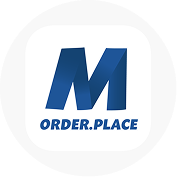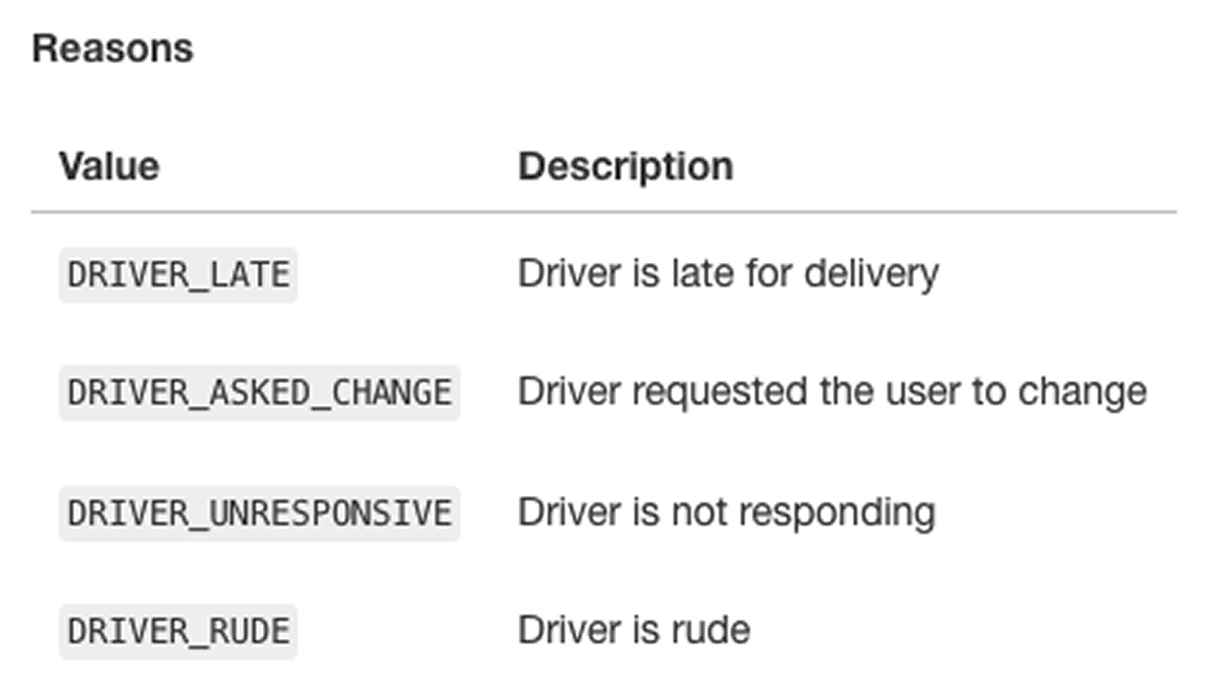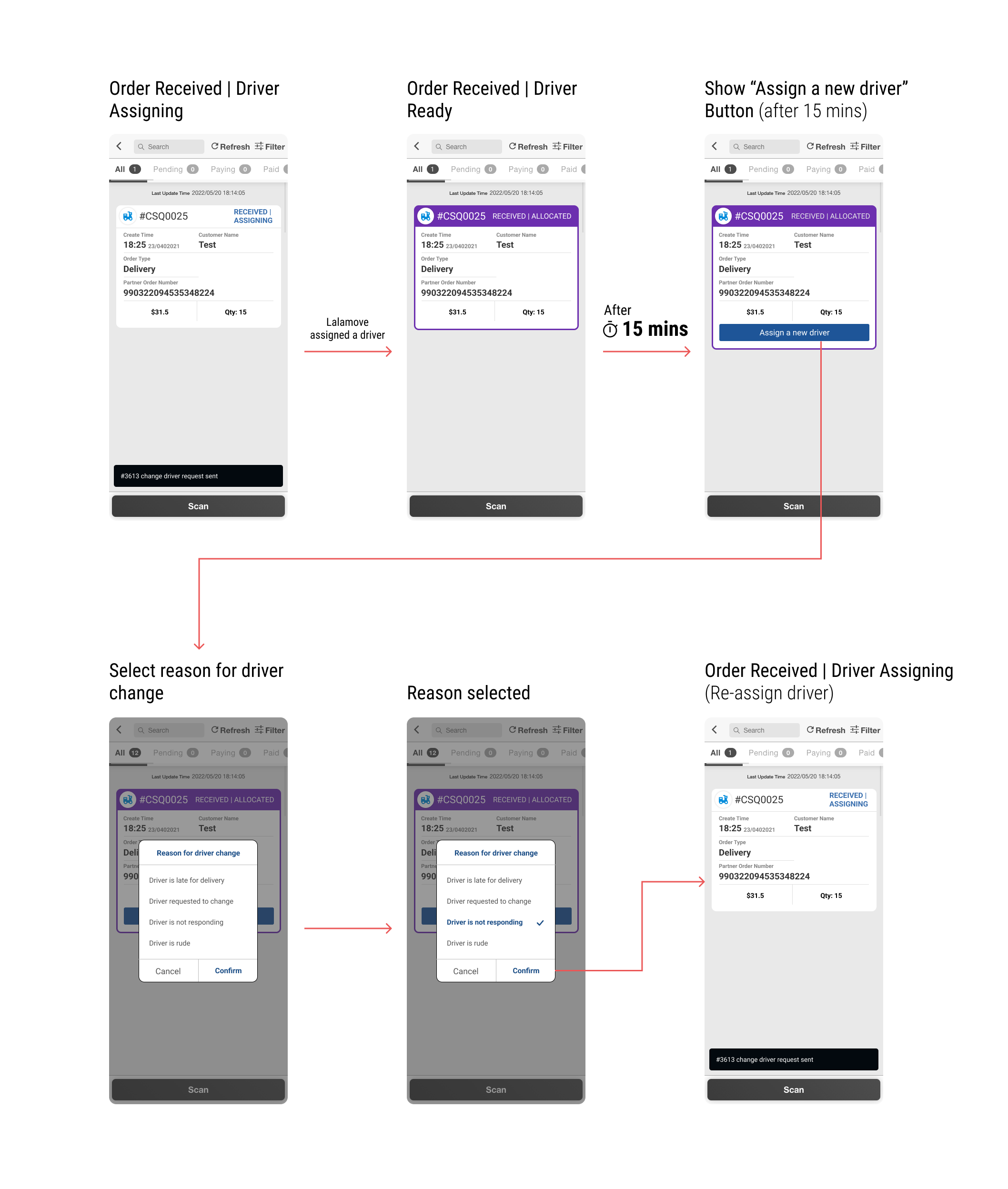
MA needed to centralize daily operations while reducing training time. Aggregator and driver workflows were urgent: staff required direct control in-app instead of relying on Aigens CRM configuration.

I worked with the PM to understand store habits and aggregator rules, then mapped what data and timings exist so flows are realistic and auditable.

To scale, MA must feel immediate, responsive, and configurable, not a maze of pages.
Design direction: keep MA operational, lightweight, and configuration-first. Add power where staff already work.

I validated flows with the PM, developers, and the Product Lead before committing to visuals, keeping screens aligned with team mental models and backend constraints.

A universal, responsive Merchant App that centralizes front-of-house actions and aggregator workflows with minimal clicks, and scales across brands without retraining.
MA now supports day-to-day operations for front of house and managers with clearer control of aggregators, drivers, lockers, and notifications.

Operational UX succeeds when it is realistic, auditable, and easy to teach. That required disciplined scoping and precise communication.